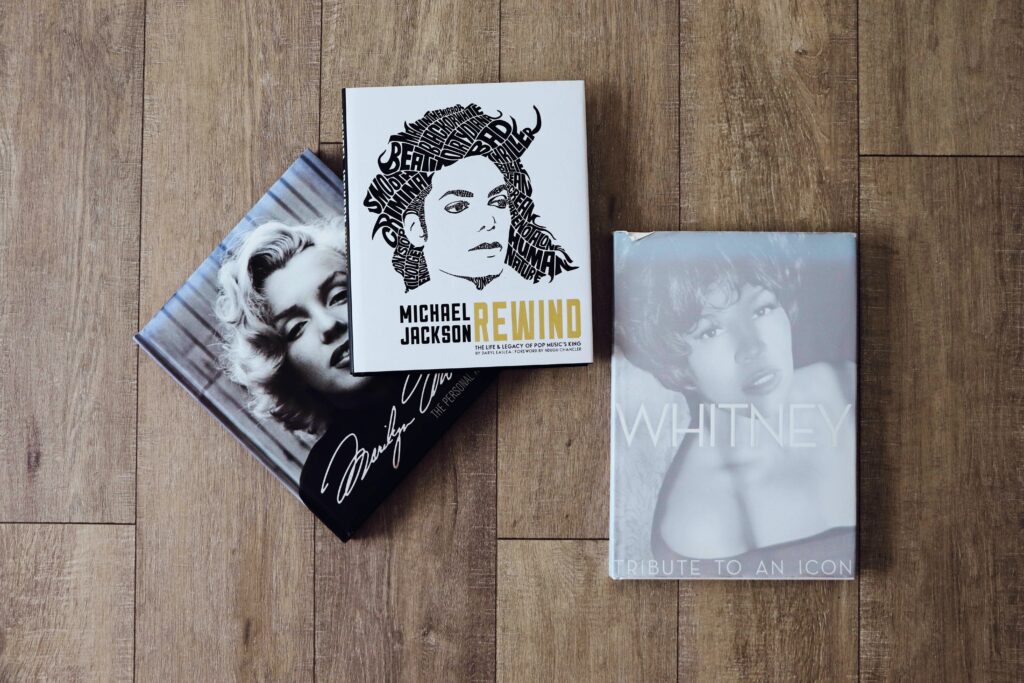Pop music is a cultural mirror that reflects the spirit of its time. It has the power to transcend boundaries, influence generations, and leave an indelible mark on society. In this blog post, we embark on a musical journey through time, tracing the remarkable evolution of pop music from its humble beginnings to the global phenomenon it is today. Join us as we explore key moments, iconic artists, and the enduring appeal of this ever-evolving genre.

The Birth of Pop
Pop music, short for “popular music,” emerged as a distinct genre in the mid-20th century. It represented a departure from the classical and jazz traditions of earlier eras, emphasizing catchy melodies, relatable lyrics, and broad accessibility.
The Elvis Era (1950s)
The rise of Elvis Presley in the 1950s marked a seismic shift in the world of music. His charismatic stage presence, blending of rock ‘n’ roll and blues, and infamous hip-swinging performances catapulted him to stardom. Elvis became the King of Rock ‘n’ Roll and a symbol of rebellion and youthful energy, laying the groundwork for pop’s future evolution.
The Beatles Invasion (1960s)
The British Invasion of the 1960s saw The Beatles conquer the world with their infectious melodies and harmonies. Their songwriting prowess and groundbreaking studio experiments pushed the boundaries of pop music, creating an enduring legacy that continues to influence artists today.
The Pop Renaissance
The 1970s brought a diverse range of pop music, from the disco beats of Donna Summer to the introspective ballads of Elton John. It was an era of musical experimentation, and genres like punk and new wave began to emerge, challenging the conventions of pop.
The Thriller Era (1980s)
Michael Jackson’s “Thriller” album became a cultural phenomenon in the 1980s. With iconic music videos, innovative choreography, and hits like “Billie Jean” and “Beat It,” Jackson solidified his status as the King of Pop. This era showcased the increasing importance of visuals and multimedia in pop music.

The Contemporary Pop Landscape
As we move closer to the present day, the evolution of pop music accelerates.
The Pop Diva Era (1990s-2000s)
The 1990s and 2000s saw the rise of pop divas like Whitney Houston, Mariah Carey, and Britney Spears. These artists combined powerful vocals, captivating performances, and chart-topping hits, dominating the pop charts and influencing a new generation of aspiring artists.
The K-Pop Phenomenon (2010s-Present)
In the 2010s, K-pop emerged as a global sensation, with groups like BTS and BLACKPINK breaking records and earning devoted fanbases worldwide. K-pop’s success is characterized by its infectious tunes, captivating music videos, and an unparalleled dedication to fan engagement through social media.
Conclusion
The evolution of pop music from Elvis to K-pop sensations is a testament to the genre’s enduring power and adaptability. It has consistently evolved, absorbing new influences, embracing diverse sounds, and reflecting the ever-changing cultural landscape. As we look to the future, one thing is certain: pop music will continue to captivate audiences, push boundaries, and provide the soundtrack to our lives, just as it has for decades.

